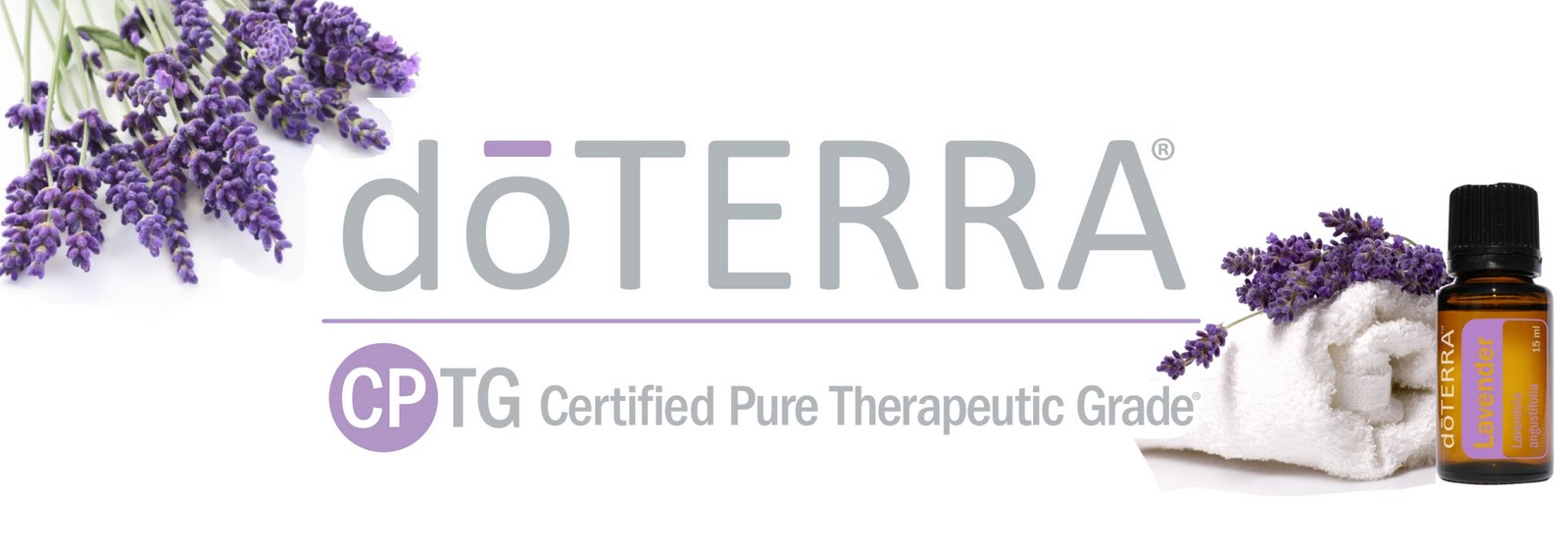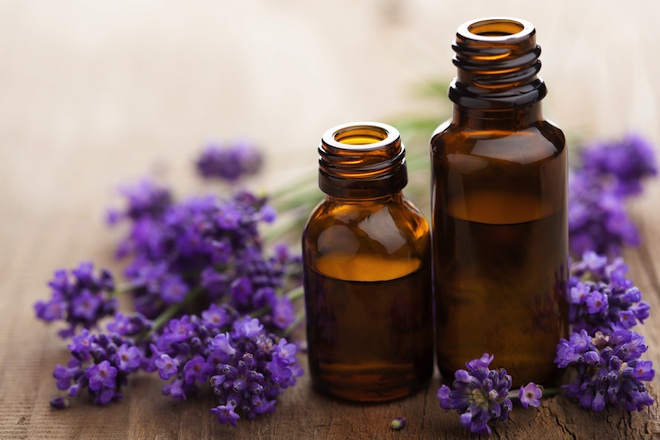Essential Oil Quality Grades
There are a growing number of products claiming to be or to contain essential oils. They range in price and quality and are found in skin care, cosmetics, aromatherapy, and other products. However, many of these products do not use pure essential oils and often use fragrant synthetic chemical substitutes to dilute or replace more expensive essential oil extracts. Furthermore, there are no current regulatory standards for the descriptive use of the "therapeutic grade" for products labeled as essential oils.
The CPTG Certified Pure Therapeutic Grade®* mark represents dōTERRA's own internal standards for sourcing and testing pure aromatic botanical extracts using independent testing laboratories. The dōTERRA brand and registered CPTG mark represent dōTERRA's guarantee of pure essential oil extracts that meet high standards for both purity and material composition and accurate product labeling.
The CPTG Certified Pure Therapeutic Grade®* mark represents dōTERRA's own internal standards for sourcing and testing pure aromatic botanical extracts using independent testing laboratories. The dōTERRA brand and registered CPTG mark represent dōTERRA's guarantee of pure essential oil extracts that meet high standards for both purity and material composition and accurate product labeling.

dōTERRA's therapeutic-grade essential oils are pure natural aromatic compounds carefully extracted from plants. They do not contain fillers or artificial ingredients that would dilute their active qualities. Proper extraction and quality control methods also ensure that dōTERRA's essential oils are free of any contaminants such as pesticides or other chemical residues. In addition to being pure and natural, dōTERRA's Certified Pure Therapeutic Grade essential oils are subjected to further quality testing that ensures the correct composition of the active natural compounds found in each oil. Even though an essential oil may be pure, if the right species or part of a plant has not been used, or if the plant has not been grown in the right environment or harvested at the right time, or if it has not been distilled under the right conditions, the natural chemical makeup of the extraction will not provide as predictable and powerful a benefit. In some cases, the wrong plant harvested at the wrong time may result in an extract that contains harmful levels of some constituents.
dōTERRA's Certified Pure Therapeutic Grade essential oils are guaranteed to be pure and natural and free of synthetic compounds or contaminates. They are subjected to rigorous mass spectrometry and gas chromatography testing to ensure extract composition and activity. dōTERRA's pure essential oils represent the safest and most beneficial essential oils available today.
(Try this at home: Compare the smell of dōTERRA's lavender essential oil to another lavender oil or product in your home. If your product's fragrance is overbearing in any one note it may contain synthetic chemical substitutes. A pure therapeutic-grade essential oil should have a balanced, broad fragrance profile and should smell crystal clean. Now, compare the feel of your product to dōTERRA's essential oil. A pure essential oil should not feel slick or oily but rather absorb cleanly and completely into your skin.)






